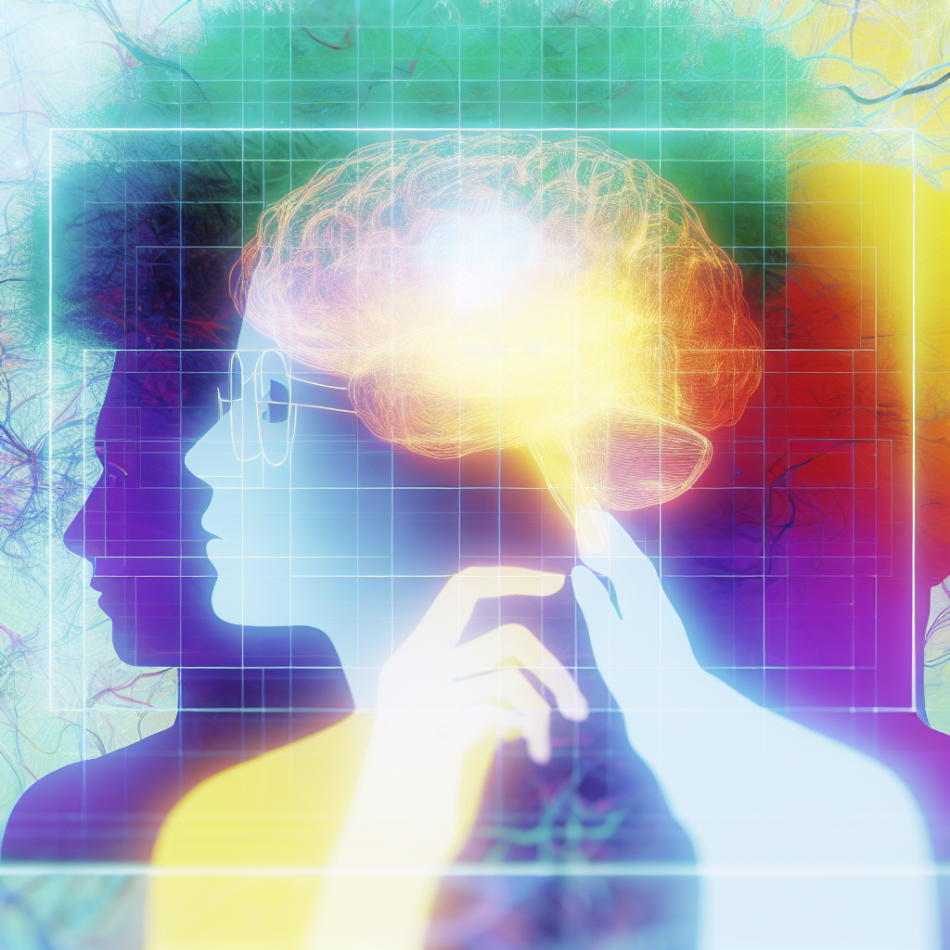Neurodiversity in the Workplace: Why Support Must Be a Team Effort
In today's evolving workplaces, neurodiversity is increasingly recognised as a strength. Yet, many organisations still treat neuroinclusion as an individual responsibility rather than a collective priority. This article explores why fostering neuroinclusive environments requires teams to share the load, moving beyond isolated adjustments to systemic change. From collaborative tools to cultural shifts, discover how shared accountability benefits everyone – and why going it alone no longer works.
Redefining Neuroinclusion as a Collective Responsibility
Neuroinclusion isn't just about accommodating individual needs; it's about redesigning workflows, communication styles, and team dynamics to empower all members. Traditional approaches often place the burden on neurodivergent employees to request adjustments, perpetuating stigma and isolation. By contrast, a team-focused model encourages proactive collaboration. For example, adopting clear agendas for meetings benefits not only those with ADHD but also minimises ambiguity for everyone. When inclusivity is woven into daily practices, it becomes a shared language rather than a series of exceptions.
The Role of Team-Centric Tools in Neuroinclusion
Effective neuroinclusion requires tools that standardise flexibility. Consider platforms that enable:
- Asynchronous communication: Reducing pressure to respond instantly, which can overwhelm neurodivergent individuals.
- Visual project management: Tools like Trello or Asana help clarify priorities for those who thrive on structure.
- Customisable workspaces: Allowing teams to adjust lighting, noise levels, or virtual backgrounds to suit sensory preferences.
These solutions shift the focus from “fixing” individuals to optimising environments. Crucially, they must be implemented with teams, not just for them – ensuring tools align with actual workflows rather than becoming bureaucratic add-ons.
Building a Culture of Psychological Safety
Tools alone won't suffice without cultural buy-in. Psychological safety – the belief that one won't face punishment for speaking up – is foundational. Leaders must model vulnerability, such as openly discussing their own working preferences. Teams can establish “inclusion check-ins” to regularly assess what's working and where barriers persist. For instance, a neurodivergent employee might feel safer suggesting “no-camera Fridays” if managers first acknowledge their own Zoom fatigue. This normalises dialogue about needs without singling anyone out.
Training That Goes Beyond Awareness
While neurodiversity training has become commonplace, many programmes stop at basic awareness. Teams need practical strategies, such as:
- Recognising non-stereotypical presentations of conditions like autism or dyslexia
- Developing “micro-adjustments” (small, reversible changes anyone can suggest)
- Redesigning feedback processes to account for different communication styles
Role-playing scenarios where all team members practice requesting accommodations can dismantle the notion that this is solely a neurodivergent responsibility. Training should also address intersectionality – considering how race, gender, or seniority compound barriers to speaking up.
Measuring What Matters: Beyond Compliance Metrics
Too often, neuroinclusion is measured by tick-box exercises like “number of adjustments made.” Truly inclusive teams track outcomes like:
- Participation rates in meetings across neurotypes
- Frequency of peer-to-peer support initiatives
- Reduction in “masking” behaviours reported in surveys
Regular pulse surveys should ask questions like, “Do you feel our team leverages different thinking styles effectively?” Pair this with qualitative data: exit interviews often reveal whether employees felt their needs were a team priority or a personal burden.
The Ripple Effects of Shared Responsibility
When teams embrace neuroinclusion collectively, benefits extend far beyond compliance. Diverse problem-solving approaches emerge as members feel safe to think differently. Reduced burnout occurs when no single individual bears the emotional labour of constant self-advocacy. Perhaps most importantly, it fosters genuine belonging – the difference between “being tolerated” and “being valued.” For organisations, this translates into higher retention, innovation, and resilience in uncertain markets.
Conclusion: From Solo Struggle to Collective Strength
Neuroinclusion thrives when support is baked into team DNA rather than treated as a series of individual exceptions. By equipping teams with the right tools, training, and cultural frameworks, organisations transform neurodiversity from a “challenge to manage” into a strategic advantage. The path forward isn't about erasing differences but creating spaces where varied thinking styles catalyse growth – and where every member plays a role in sustaining that environment. After all, inclusion works best when it's everyone's job.
